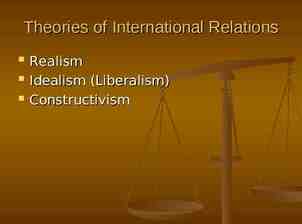Psychodynamic Theory of Personality
14 Slides3.67 MB

Psychodynamic Theory of Personality

Psychodynamic Perspective Unconscious: most of our behavior is determined by motives that we are unaware of. Example: If your blonde father abused you, you may unknowingly harbor hatred for blondes

Psychodynamic Perspective Conscious: things we are aware of Preconscious: things we can be aware of if we think of them Unconscious: deep, hidden reservoir that holds our “true” self—all of our fears and desires

Freud’s Personality Structure Id: energy striving to satisfy basic drives Ego: Seeks to gratify the id in realistic ways Superego: voice of conscious that emphasizes how we ought to behave

Id, Ego, Superego

Donald Duck’s Dilemma http://www.youtube.com/ watch?v tMgpFnycZCg

Id Exists entirely in the unconscious (we are unaware of it) Our hidden true animalistic wants and desires Works on the Pleasure Principle Avoid pain and obtain pleasure

Superego Develops last at about age 5 This is our conscience – How we differentiate between right and wrong Your “inner voice” Pride and satisfaction when you do good; guilt and shame when you break the rules

Ego Develops after the id Represents “reason and good sense” Negotiates between the id and the environment In both our conscious and unconscious minds THIS is what everyone sees as our personality

“ The Ego is not who you really are. The ego is your self-image; it is your social mask; it is the role you are playing. Your social mask thrives on approval. It wants control, and it is sustained by power, because it lives in fear. --Deepak Chopra

In Entertainment https:// www.youtube.com/watch?v ViWoqIB2udA









